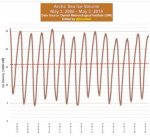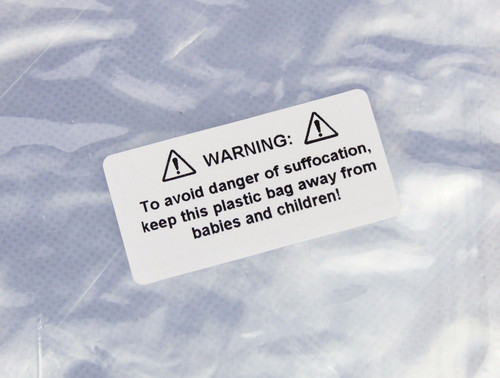- Joined
- Jul 13, 2012
- Messages
- 47,695
- Reaction score
- 10,467
- Gender
- Male
- Political Leaning
- Other
It is odd you quote a book which hails the public being denied the truth and therefore becoming convinced that the only truth is what the state feeds them. That scientific, personal or creating thought is to be looked down upon and denying fact based realities is normal.
The East Hawaiian Island is one of the newest islands in the chain and is being formed by volcanic upheaval. It is directly above a tectonic seam and was projected to reappear as it is being pushed up from beneath. All the Hawaiian Islands owe their land mass to this effect.
The hurricane that pushed the sands off the East island is not the same effect as an island being inundated by rising sea levels.
Why did you edit away the rest of the post? This always confuses me. There is no possible reason for editing that does not include changing the meaning of the post quoted.
You have posted the reason for the disappearance and reappearance of this island. The simple fact of the matter is that in nature, there is almost nothing that exists free of influence from other things.
Glaciers, for instance, are heavy. They actually depress the land on which they sit or slide. When they start to melt decreasing the weight, the surface of the top of the ice may rise as the thickness of the ice decreases.
Water levels in the ocean are not all at the same "sea level" as there are high spots and low spots in the oceans revealed by satellite measurements. Tidal influences are different than this phenomenon.
Islands, as you noted, both rise and fall relative to the local sea level and due to tectonic and geologic influences.
Observing one outcome absent all of the information is a good way to arrive at a wrong set of ideas and courses of action.
In nature, especially for laymen like me, all of the information is hardly ever available. Worshipping the CO2 God and sacrificing comfort to gain favor seems to be one of the preferred options lately.
Cautious action guided by wisdom based on experience seems to be a prudent way to proceed in most situations.
As an example, most of today's glaciers are equal to or greater than levels prevailing 7000 years ago. CO2 ppm was vastly lower 7000 years ago.
If the same effect is observed absent the proposed cause, perhaps accepting the proposed cause as the "cause to address" is not justified.
Just sayin'...
Last edited:


